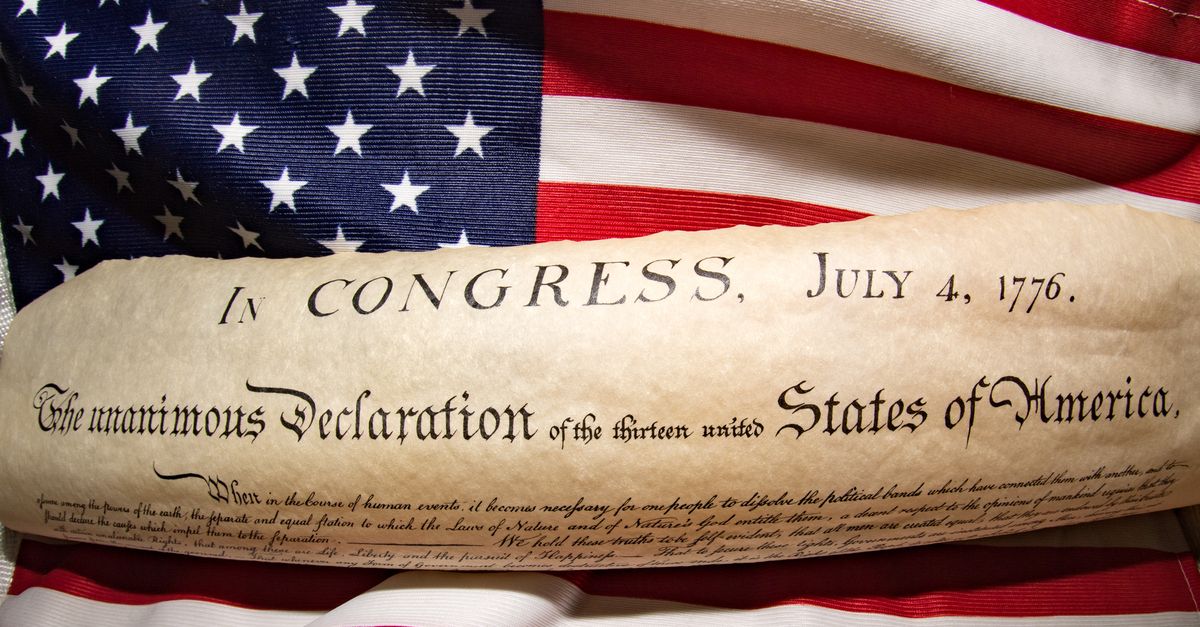Kerby Anderson
Tomorrow is the 4th of July, and I thought I would take a moment to talk about the origin of the ideas in the Declaration of Independence. Thomas Jefferson said that many of the ideas in the Declaration came from John Locke. Jefferson also gave credit to the writer Algernon Sidney, who in turn cites most prominently Aristotle, Plato, Roman republican writers, and the Old Testament.
Legal scholar Gary Amos argues that Locke’s Two Treatises on Government is simply Samuel Rutherford’s Lex Rex in a popularized form. Amos says in his book Defending the Declaration “that the ‘law of nature’ is God’s general revelation of law in creation, which God also supernaturally writes on the hearts of men.”
This foundation helps explain the tempered nature of the American Revolution. The Declaration of Independence was a bold document, but not a radical one. The colonists did not break with England for “light and transient causes.” They were mindful that Romans 13 says they should be “in subjection to the governing authorities” which “are established by God.” Yet when they suffered from a “long train of abuses and usurpations,” they argued that “it is the right of the people to alter or to abolish it, and to institute a new government.”
Jefferson also drew from George Mason’s Declaration of Rights (published on June 6, 1776). The first paragraph states that “all men are born equally free and independent and have certain inherent natural Rights; among which are the Enjoyment of Life and Liberty, with the Means of Acquiring and possessing property, and pursuing and obtaining Happiness and Safety.”
The Declaration of Independence is more than 200 years old. It was a monumental work at the time. Even today its words ring with truth and inspire new generations.
 Listen Online
Listen Online Watch Online
Watch Online Find a Station in Your Area
Find a Station in Your Area









 Listen Now
Listen Now Watch Online
Watch Online
